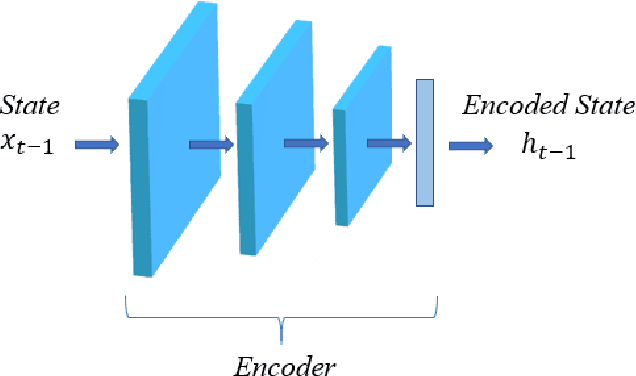Maddalena Amendola
Towards Robust Expert Finding in Community Question Answering Platforms
Mar 04, 2025Abstract:This paper introduces TUEF, a topic-oriented user-interaction model for fair Expert Finding in Community Question Answering (CQA) platforms. The Expert Finding task in CQA platforms involves identifying proficient users capable of providing accurate answers to questions from the community. To this aim, TUEF improves the robustness and credibility of the CQA platform through a more precise Expert Finding component. The key idea of TUEF is to exploit diverse types of information, specifically, content and social information, to identify more precisely experts thus improving the robustness of the task. We assess TUEF through reproducible experiments conducted on a large-scale dataset from StackOverflow. The results consistently demonstrate that TUEF outperforms state-of-the-art competitors while promoting transparent expert identification.
Understanding and Addressing Gender Bias in Expert Finding Task
Jul 07, 2024



Abstract:The Expert Finding (EF) task is critical in community Question&Answer (CQ&A) platforms, significantly enhancing user engagement by improving answer quality and reducing response times. However, biases, especially gender biases, have been identified in these platforms. This study investigates gender bias in state-of-the-art EF models and explores methods to mitigate it. Utilizing a comprehensive dataset from StackOverflow, the largest community in the StackExchange network, we conduct extensive experiments to analyze how EF models' candidate identification processes influence gender representation. Our findings reveal that models relying on reputation metrics and activity levels disproportionately favor male users, who are more active on the platform. This bias results in the underrepresentation of female experts in the ranking process. We propose adjustments to EF models that incorporate a more balanced preprocessing strategy and leverage content-based and social network-based information, with the aim to provide a fairer representation of genders among identified experts. Our analysis shows that integrating these methods can significantly enhance gender balance without compromising model accuracy. To the best of our knowledge, this study is the first to focus on detecting and mitigating gender bias in EF methods.
Leveraging Topic Specificity and Social Relationships for Expert Finding in Community Question Answering Platforms
Jul 04, 2024



Abstract:Online Community Question Answering (CQA) platforms have become indispensable tools for users seeking expert solutions to their technical queries. The effectiveness of these platforms relies on their ability to identify and direct questions to the most knowledgeable users within the community, a process known as Expert Finding (EF). EF accuracy is crucial for increasing user engagement and the reliability of provided answers. Despite recent advancements in EF methodologies, blending the diverse information sources available on CQA platforms for effective expert identification remains challenging. In this paper, we present TUEF, a Topic-oriented User-Interaction model for Expert Finding, which aims to fully and transparently leverage the heterogeneous information available within online question-answering communities. TUEF integrates content and social data by constructing a multi-layer graph that maps out user relationships based on their answering patterns on specific topics. By combining these sources of information, TUEF identifies the most relevant and knowledgeable users for any given question and ranks them using learning-to-rank techniques. Our findings indicate that TUEF's topic-oriented model significantly enhances performance, particularly in large communities discussing well-defined topics. Additionally, we show that the interpretable learning-to-rank algorithm integrated into TUEF offers transparency and explainability with minimal performance trade-offs. The exhaustive experiments conducted on six different CQA communities of Stack Exchange show that TUEF outperforms all competitors with a minimum performance boost of 42.42% in P@1, 32.73% in NDCG@3, 21.76% in R@5, and 29.81% in MRR, excelling in both the evaluation approaches present in the previous literature.
Data Assimilation in the Latent Space of a Neural Network
Dec 22, 2020



Abstract:There is an urgent need to build models to tackle Indoor Air Quality issue. Since the model should be accurate and fast, Reduced Order Modelling technique is used to reduce the dimensionality of the problem. The accuracy of the model, that represent a dynamic system, is improved integrating real data coming from sensors using Data Assimilation techniques. In this paper, we formulate a new methodology called Latent Assimilation that combines Data Assimilation and Machine Learning. We use a Convolutional neural network to reduce the dimensionality of the problem, a Long-Short-Term-Memory to build a surrogate model of the dynamic system and an Optimal Interpolated Kalman Filter to incorporate real data. Experimental results are provided for CO2 concentration within an indoor space. This methodology can be used for example to predict in real-time the load of virus, such as the SARS-COV-2, in the air by linking it to the concentration of CO2.
 Add to Chrome
Add to Chrome Add to Firefox
Add to Firefox Add to Edge
Add to Edge